John Dee and the Cover Up of Royal Occultism
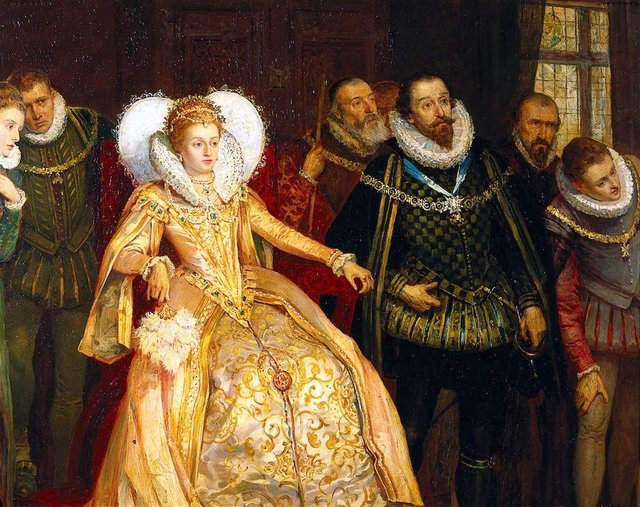
Anyone familiar with the Occult knows the name of John Dee. Mathematician, Philosopher and court Magician to Elizabeth Ist he was known as the leading magician of the age. Practice of alchemy, hermeticism and the dark arts was common place among the elites in Elizabethan times as it likely is today.
The elite class of today though, seem a little more reluctant than their 16th century counterparts to display their unusual esoteric beliefs to the public. Contrary to this modern day secrecy it appears Elizabeth I has been openly portrayed in paintings to have strong links to Occultism and to John Dee’s magical practices. A subsequent cover up of these works seems to of taken place over the years with works of art being painted over and censored. Thanks to modern day x-ray equipment though we are starting to perhaps see a glimpse into to the real belief system that royals and elites participate in, with hidden images recently being found that reveal some uncomfortable secrets of the Elizabethan Court.
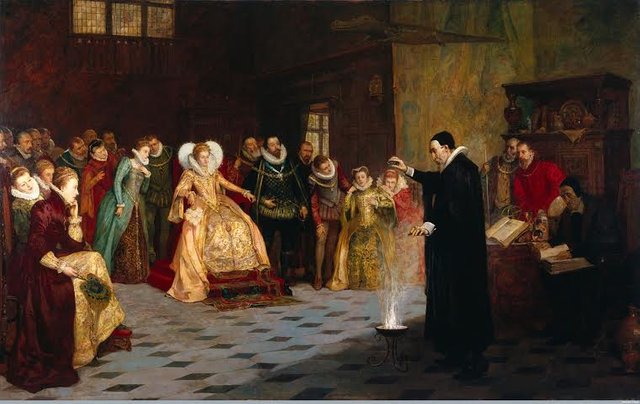
This painting (above) dates from the late 19th century by English artist Henry Gillard Glindoni. Its a portrayal of the Elizabethan court watching in anticipation as John Dee performs a harmless scientific demonstration. When the painting was subjected to x-ray imaging recently though some disturbing images appeared that had been painted out (below). This circle of human skulls gives a whole new context to the painting and shows more of a black magic ritual taking place than a demonstration of chemistry. Also of interest here is use of the ‘chequer board floor’ a popular symbol used in freemasonry. It represents the lowest level of black and white thinking. Is Glindoni’s intention to portray the court in a lower level of consciousness, represented by the tiles beneath them, whereas initiate Dee is more nuanced in the grey area?
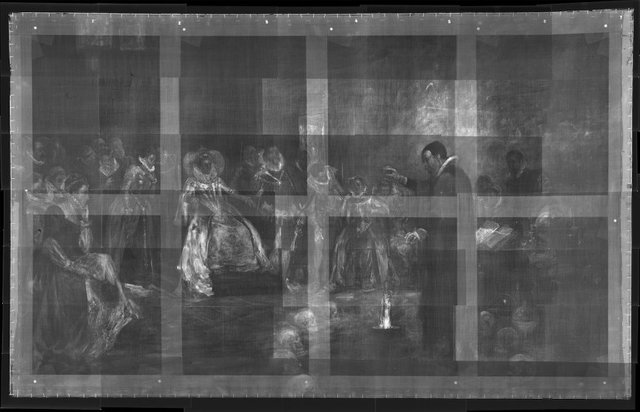
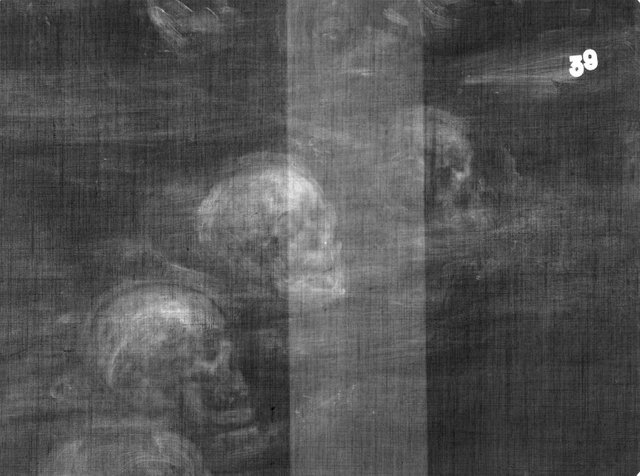
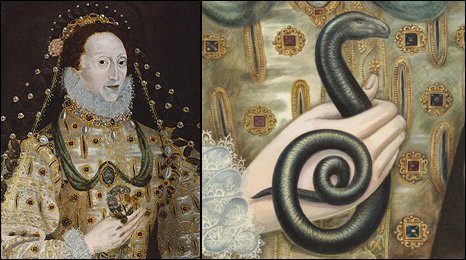
In this portrait (above left) of Elizabeth I painted by an unknown artist during her reign in around 1580 we see her holding a bunch of flowers. Over time though the paint began to deteriorate showing that she was in fact holding a serpent (above right). The serpent of course is a highly esoteric symbol dating back to Egypt and beyond and often representing hidden gnosis or wisdom. Infra red technology has subsequently been used to get a good look at the hidden imagery.
Below is a portrait of Elizabeth painted in 1600 by Isaac Oliver, again the serpent theme can clearly be seen embroidered on her left arm.
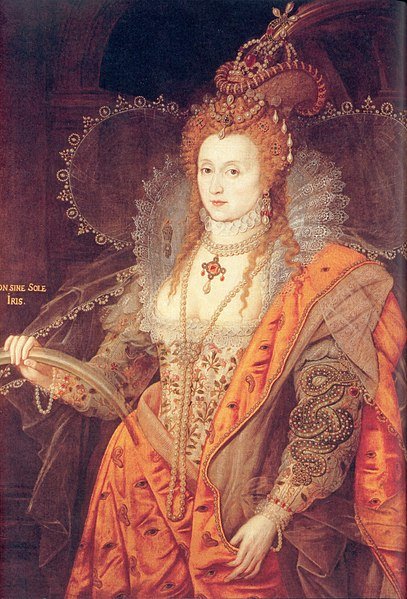

When this portrait (above) of Henry Prince of Wales by Robert Peake circa. 1610 was sent to be cleaned a real surprise was unearthed. It appeared upon examination that the entire background was over painted and beneath were some strange possibly occult images (below). Elizabeth had died by the time this painting of her nephew was produced but there was a real push for an ‘Elizabethan Revival’ to take place. Possibly to include the revival of magical practices represented here as some researchers believe by the image of none other than John Dee as the winged angel/devil.
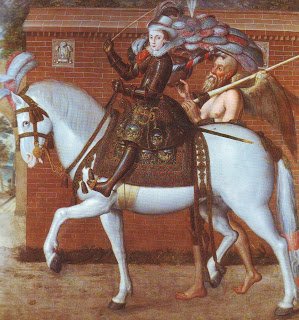
This uncovered imagery has aspects of the tarot 'death' card (below left) in its symbology. Interesting that in the Rider Waite brand of cards Death appears to carry the Tudor or York Rose emblem. It also seems very similar to an engraving by another known occultist Albrecht Durer called “The Knight, Death and the Devil” circa. 1513 (below right). Strange inspiration for a royal portrait especially considering the Prince died shortly after.
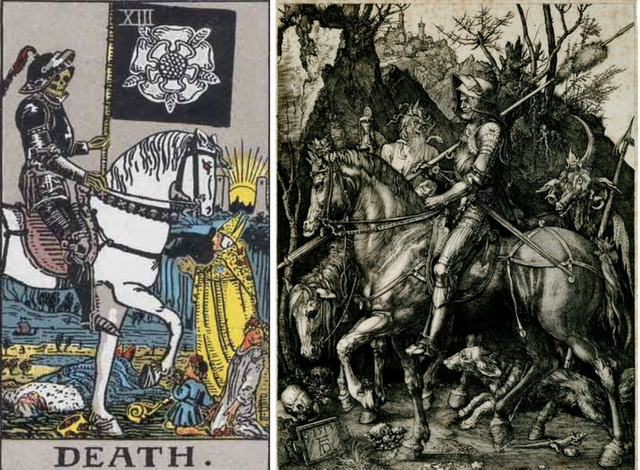
As we can see from these examples there does seem to be some disturbing hidden images in these royal scenes. Imagery that clearly connects major royal figures to occult practice and therefore has been subjected to a concerted effort to conceal it. Who knows in the future what further secrets may be revealed hiding in the brushstrokes of long forgotten works of art.

Being a painter myself, I find this fascinating! There's more than meets the eye :)
Thanks @marty-art , there certainly is more than meets the eye. It would be fascinating to use the x-ray process on more classical paintings and see whats revealed :)
Interesting! Didn't know about these x-ray and infra-red techniques to show sub layers of old paints. Like here, it is going to help lot of "disturbing" discoveries I guess :)
Thanks for the comment. Lets hope so, any revelation of truth is a move in the right direction 🙏🏻